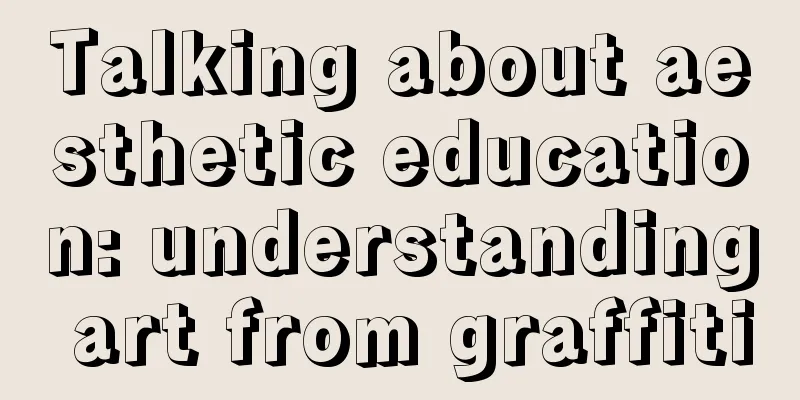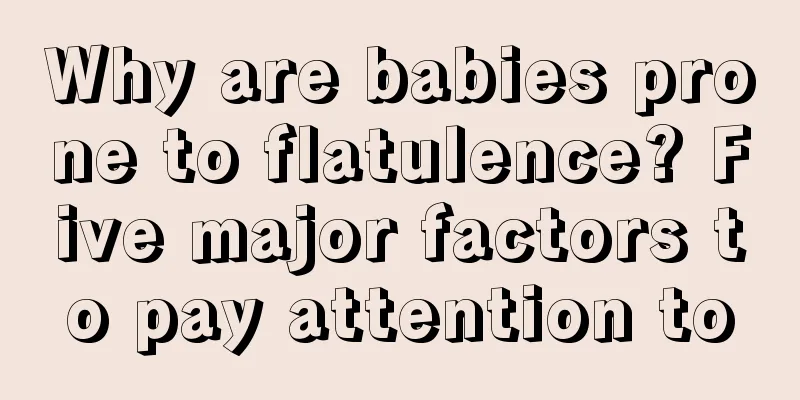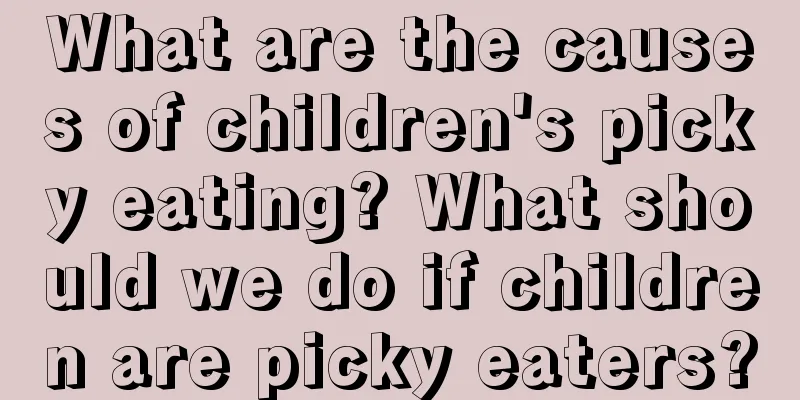Talking about aesthetic education: understanding art from graffiti

|
In our understanding, aesthetic education should start from life. The classroom environment should be green, all teaching aids should be neat and clean, the space should be bright and ventilated, and some soft areas such as the book area should be placed with a small rattan chair, a desk lamp, and a few cushions. This is how children's sensitivity to beauty enters their lives. The classroom guide (commonly known as the teacher) should guide children to appreciate life based on a sense of order. This is the starting point of our aesthetic education for children. How to teach children artA former colleague in New York asked me on FB that she often read my articles and found them very useful, but did I have any suggestions on early childhood art that could help her cultivate her four-year-old son. In fact, I am not very good at art. I was the kind of kid who couldn’t draw anything since I was young. It was only after I came into contact with early childhood education, Montessori teaching and several masters of early childhood art that I gradually figured out and understood children’s art. No colored pencils before the age of fiveI have never had any requirements for the Kirin brothers' paintings. The only thing I insisted on before they were five years old was not to use colored pencils. This concept was influenced by the director of the previous Montessori school when I was the principal. She told me that colored pencils are too saturated and difficult to have a depth effect, so they are not recommended for children in the preschool stage, so as not to erase their sensitivity to colors. Later, according to my observation, using crayons can indeed give children more room to play. Lightly draw, heavily draw, overlap, render... Crayons and watercolor pens can give children more space to express themselves. Therefore, I also began to insist on not providing children with colored pencils, for fear of ruining their natural use and creation of colors. In addition, colored pencils can present colors without almost exerting force, while crayons require children to use their entire hands to produce different depths of effect, which is very helpful for the development of children's small muscles, and can also be said to be preparing for writing with pens in the future. Learn about art from graffitiAnother teacher who has deeply influenced my children's view of art is Mr. King Kong, who is currently teaching children to doodle in our kindergarten. Why is it called a doodle class instead of an art class? Because in the preschool stage, what we least want to give children is to imitate the painting by rote. When I first became the principal, there was an art teacher. Her way of teaching was to teach a topic and then draw it on the blackboard or take out a sample of her drawings. Then she would ask the children to draw the same way. What was even more unbearable was that she had to revise the children's works at the end to present them to the parents. After only a few months of cooperation and many communications, there was still no effect, so she had to ask her to find another job. I remember that in the last class, she still showed me a lot of high-end materials and told me how high her costs were and how much effort she put in. Teacher King Kong's class is another story. For the children's first class, he always spreads white newspapers all over the floor and asks the children to take small cars, dip them in paint and paint the floor. The most important thing in his class is to never forget to wear work clothes, because the clothes will look terrible, and it is common to have faces and feet covered with paint. Another very interesting class is to ask the children to imagine themselves as restaurant owners. Give the children a piece of white paper and tableware, and ask them to arrange them in a way that will attract customers, and then color and fix them into works of art. Teacher Da Jin Gang believes that the so-called aesthetic teaching should be combined with life, rather than creating something without feeling to be called aesthetic. Aesthetic education begins with lifeFinally, of course, we have to mention the aesthetic teaching in Montessori education. A few years ago, we spent a whole semester working on a project with the Early Childhood Education Research Institute of National Chengchi University. When the project was finally concluded, their professor came to our school for feedback and discussion. Of course, he couldn't help but praise our school, saying that we are a popular school with high quality in both the teaching team and the parents and students. It is the school with the most consistent level and the most ideals among the ten cooperative kindergartens. However, because he didn't understand Montessori very well, he finally put forward a personal opinion, which made the teachers present a little impatient, because he felt that the Montessori teaching method did not teach children aesthetics. One of our teachers told the professor excitedly that she had many misunderstandings about Montessori before she came into contact with it. It was not until she made up her mind to enter Montessori teaching that she could better understand how Montessori influenced children in a subtle way after ten years. I couldn't help but calmly answer the professor: I don't know how the professor defines aesthetic education? Is it determined by the quality of the painting? Or is it the sensitivity to beauty in life? I remember seeing a parent feedback form for the regular teaching observation not long ago. It mentioned that I saw a child come to me like a little host and ask me what I want to drink. Then he skillfully made tea, poured water, put tea bags in, drained the tea bags, dealt with the aftermath, and then brought it to me for tea. I was really touched! Another thing that must not be forgotten is the way adults give feedback to children's works. Don't praise too much, but be specific. What children like to hear is you telling them what you really saw and where you resonate with them. If you just say perfunctorily, "Wow! It's so beautiful!", then it's better to tell them that mom is busy now, and can you lend it to me after I finish washing the dishes? Tell the child specifically, "Well! I really like your color matching and detail," or "Wow! I see that your lines are so smooth!" If it is not a sincere affirmation, it is better not to say it. I hate it when adults embellish children's works. What I don't like even more is when a child asks me how to draw a duck. I draw a duck for him to see and then ask him to copy it. I would rather show him a picture of a duck or read a picture book about ducks, let him experience it himself and then draw it. This way I won't erase his creativity and observation skills. Even if I don't expect him to become a painter in the future, I can at least give him the motivation and sense of accomplishment to paint for the rest of his life. In a nutshell, aesthetic education is indeed not easy to teach, because it cannot be taught. As parents, we should grasp how to step back and advance, and implement it in our daily life and environment. |
<<: How to make babies defecate quickly? The impact of long-term constipation on children
>>: What causes allergic rhinitis in children? What should children pay attention to in their diet?
Recommend
What is the best food to eat when preparing for pregnancy?
Nowadays, many women have plans to prepare for pr...
Are the twins born to Charlie Young a boy or a girl? What are their names?
Although the entertainment industry has been full...
Why is there no foam in Sensodyne toothpaste? How to use Sensodyne toothpaste effectively?
It is said that Sensodyne toothpaste works well w...
What are the main causes of diaper rash?
What to do? My baby's bottom is red again! Al...
Pregnancy nutrition recipes What to eat during pregnancy is good for the baby's brain development
Diet is very important for every pregnant woman d...
Can a myopic mother give birth naturally? Can a myopic mother give birth naturally?
Can a myopic mother give birth naturally? Today, ...
What characters are good for naming a baby born in the Year of the Rat?
Naming is something that many parents and friends...
How to prevent and treat hand, foot and mouth disease in children
Hand, foot and mouth disease seriously threatens ...
Does small breasts affect pregnancy? Does small breasts affect pregnancy?
Many girls are thin and have flat breasts, so the...
Can pears be eaten with milk? Why does eating milk and pears together cause diarrhea?
Pears are a very delicious fruit. Most people eat...
There are several types of stretch marks. There are mainly two types.
There are two types of stretch marks: one is stre...
What harm does IVF failure have on women's bodies?
For many infertile couples, IVF is a major decisi...
What safety measures should be taken when babies play games
The baby's body is still developing, so paren...
What are the best names for babies in the Year of the Rat? The first choice for boys in the Year of the Rat
A nickname is a simple name called by family memb...
Where is the baby's fontanelle? Where is the fontanelle?
The fontanelle is an organ on the baby's head...









